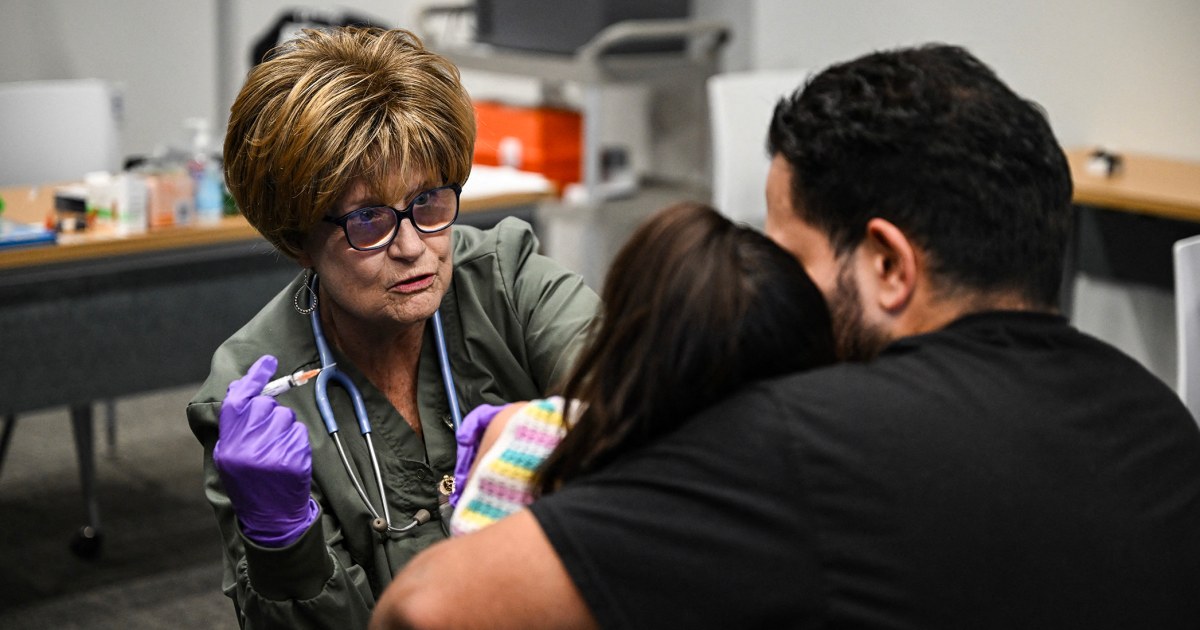Measles Resurgence in the U.S.: A Public Health Concern
Measles, a disease once declared eliminated in the United States in 2000, has seen a troubling resurgence. In 2023, the nation reported 1,277 confirmed measles cases, marking the highest count since achieving that elimination status. This surge is particularly alarming not just for the numbers but for the broader implications it holds for public health.
Tragically, the year also saw the first measles-related deaths in the U.S. in a decade, claiming the lives of two unvaccinated children in Texas and an adult in New Mexico. These fatalities underscore a critical point: the ongoing risk measles poses, especially to those who are unvaccinated. Measles is highly contagious and can lead to severe health complications, including pneumonia and brain swelling.
Understanding the Current Measles Outbreaks
While measles has been considered eliminated in the U.S. as it hasn’t continuously spread for a year, periodic outbreaks still occur, reflecting gaps in vaccination coverage. One such outbreak began among a Mennonite community in West Texas, where vaccination rates are alarmingly low. As of the 2023-24 school year, only 82% of kindergarteners in Gaines County had received the two recommended doses of the measles, mumps, and rubella (MMR) vaccine, far lower than the 95% threshold needed to prevent disease spread.
A significant portion of this year’s cases stems from the previously mentioned outbreak in Texas, with over 700 cases reported in the state alone. Smaller outbreaks related to international travel have also emerged across the U.S. This interconnectedness highlights the global nature of health threats, where diseases can cross borders in an age of travel.
The Challenge of Vaccination Rates
The resurgence of measles can be partially attributed to declining vaccination rates across the country. For the 2023-24 school year, less than 93% of kindergartners received the two recommended MMR doses, a decline from 95% in the 2019-20 school year. This trend reflects a concerning pattern where misinformation and hesitancy around vaccines have started to take root.
The current outbreak in West Texas draws parallels to a 2019 outbreak among Orthodox Jewish communities in New York, which was successfully contained through a robust vaccination campaign. This included a vaccine mandate and proactive efforts that administered over 60,000 doses in affected areas. Dr. David Sugerman of the Centers for Disease Control and Prevention (CDC) remarked that New York’s response was an “incredible feat,” something that Texas is now trying to emulate amid significant funding limitations following the end of Covid-19 grants.
Funding and Messaging Challenges
The CDC recently faced a major budget cut, slashing $11.4 billion in Covid-related funding, which previously supported rapid responses to such outbreaks. Each case of measles can be costly to manage, with estimates ranging from $30,000 to $50,000, quickly summing up to substantial figures in a widespread outbreak. This raises questions about how effectively states can respond in an era of reduced financial resources.
Alongside funding issues, the federal messaging around vaccines has raised concerns among health experts. Health and Human Services Secretary Robert F. Kennedy Jr. has promoted the measles vaccine but has also framed vaccination as a personal choice. This standpoint, combined with his emphasis on unproven treatments, can muddle public understanding and complicate efforts to increase vaccination uptake.
Combating Misinformation
Healthcare providers like Dr. Ana Montanez from Lubbock have identified misinformation as a key barrier in addressing vaccine hesitancy. Some patients have turned to alternative treatments, such as vitamin A, believing it can replace getting the vaccine. While the CDC recognizes the benefits of vitamin A administered under medical supervision, they stress that it is not a treatment for measles itself.
Countering this type of misinformation is essential. Vaccination against measles is proven to be highly effective; two doses of the MMR vaccine offer a 97% effectiveness rate and provide lifelong protection. The consequences of measles can be dire, especially for infants and young children, who are particularly vulnerable.
Recognizing the Symptoms and Risks
Early symptoms of measles include a high fever, cough, runny nose, and conjunctivitis (pink eye). Patients may then develop characteristic white spots in the mouth and a red, blotchy rash. Severe cases can lead to complications such as pneumonia or encephalitis. With the CDC estimating that 1 to 3 out of every 1,000 children with measles may die from severe respiratory or neurological complications, the stakes are undeniably high.
In response to the current outbreak, Texas officials are recommending early doses for infants aged 6 to 11 months and advising unvaccinated children older than one year to start their vaccination regimen as soon as possible. Addressing the current waves of measles through public awareness, education, and direct action is critical if the U.S. hopes to avoid losing its hard-fought elimination status.


